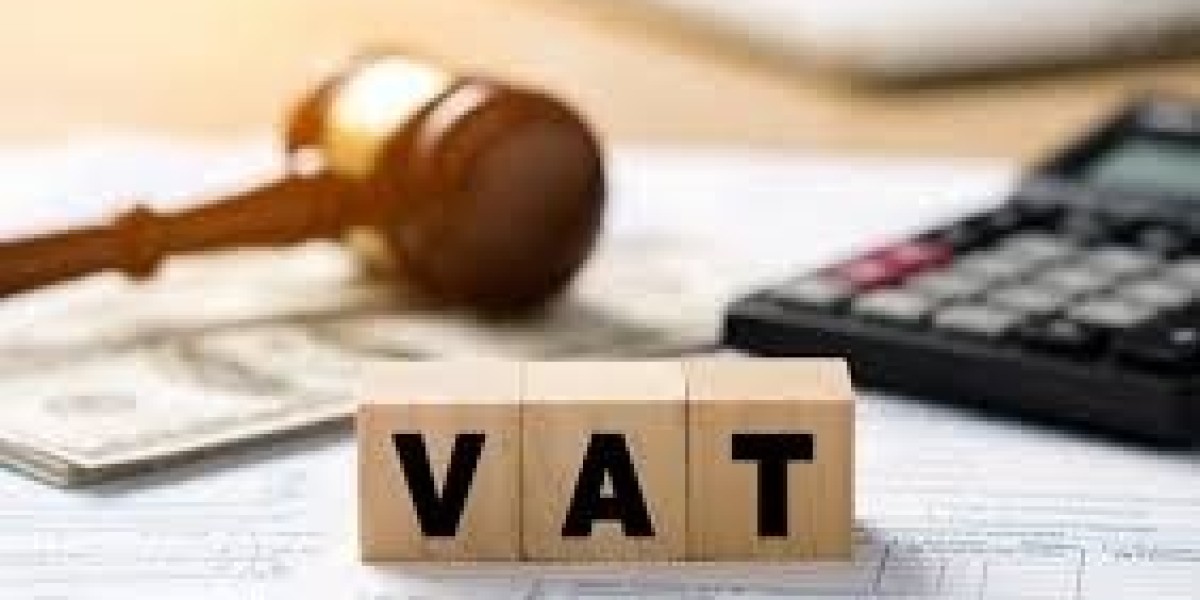For generations, the phrase “VAT return” has been enough to induce a sense of dread in business owners and accountants alike. It conjured images of late nights, sprawling spreadsheets, towering stacks of invoices and receipts, and the nagging fear of a simple data-entry error leading to a fine from HM Revenue & Customs (HMRC). This manual, paper-based process was not only stressful but also a significant drain on time and resources—time that could be better spent growing the business.
However, a profound technological shift is changing this narrative entirely. The migration of accounting software to the cloud has transformed the VAT return from a quarterly ordeal into a streamlined, efficient, and even insightful process. The era of “cloud books” is here, and it’s making VAT compliance smoother, faster, and more accurate than ever before.
The Old World: The Manual VAT Marathon
To appreciate the revolution, one must first understand the traditional process. Before cloud accounting, completing a VAT returns was a manual marathon. It involved:
Data Collation: Physically gathering every sales invoice (outputs) and purchase invoice (inputs) for the entire quarter.
Data Entry: Manually typing the VAT-inclusive and VAT-exclusive amounts from each invoice into a spreadsheet or ledger.
Calculation: Adding up the totals for Box 1 (VAT on sales), Box 4 (VAT on purchases), Box 6 (total sales), and Box 7 (total purchases) of the VAT return form.
Submission: Manually entering these calculated figures into HMRC’s online portal, double and triple-checking for transposition errors.
Record Keeping: Physically filing all the invoices and receipts in case of a future HMRC enquiry.
This process was notoriously prone to human error. A misplaced decimal point, a missed invoice, or a misread figure could lead to an incorrect return, potential penalties, and a stressful period of reconciliation. It was reactive, historical, and offered no real-time insight into a company’s VAT liability.
The New World: The Automated Cloud Cascade
Cloud-based accounting software—platforms like Xero, QuickBooks Online, and FreeAgent—has dismantled this arduous process and rebuilt it from the ground up on principles of automation, integration, and real-time data.
Here’s how it works:
1. The Digital Ledger: Capture Everything, Instantly
The foundation of cloud bookkeeping is the digitisation of financial data from the very start. Instead of storing paper receipts in a shoebox, you use your smartphone to snap a picture. The software uses Optical Character Recognition (OCR) to instantly read the date, supplier, amount, and VAT, creating a perfectly coded entry in your digital ledger. Bank feeds connect directly to your business bank account, automatically pulling in transactions and suggesting matches to invoices. Every sale you raise is created within the software itself, instantly recorded and VAT-coded. This eliminates the data entry backlog before it even begins.
2. Continuous Reconciliation, Not Quarterly Panic
With all data flowing into one central, digital hub, your books are always reconciling themselves. There is no “quarter-end scramble” because the work is done continuously, as you operate. The software ensures that every transaction is accounted for and categorised correctly against the correct VAT rate (standard, reduced, zero, exempt). This means your books are always up-to-date and accurate, turning a quarterly nightmare into a simple monthly or even weekly maintenance task.
3. The One-Click VAT Return
This is the crowning glory of cloud books accounting. When the VAT quarter ends, you don’t need to start adding up columns. The software has already done it for you. With a few clicks, you can run a VAT summary report. The platform displays the exact figures needed for each box of the VAT return, calculated live from your perfectly maintained records. After a quick review to ensure all transactions are present and correct (like those petty cash receipts or recent client invoices), you simply click “Submit to HMRC” directly from within the software.
Crucially, most major cloud accounting platforms are recognised by HMRC as compatible software providers for Making Tax Digital (MTD) for VAT. This legislation, which now applies to the vast majority of VAT-registered businesses, mandates the use of such software for keeping digital records and filing returns. These platforms communicate directly with HMRC’s systems, submitting your return securely and instantly without you ever needing to log into a separate government gateway. MTD is not a burden for cloud-native businesses; it’s simply the formalisation of the process they already use.
The Tangible Benefits: Beyond Simple Submission
The advantages of using cloud books for VAT returns extend far beyond just saving time on submission day. They deliver strategic value to the entire business.
Unparalleled Accuracy: Automation drastically reduces human error. The software does the maths, ensuring calculations are correct and that you’re only claiming VAT on eligible purchases, protecting you from costly compliance mistakes.
Real-Time VAT Liability Awareness: No more nasty surprises. You can see your estimated VAT bill at any moment via a dashboard widget or custom report, allowing for impeccable cash flow management. You know how much money to set aside for HMRC, preventing stressful shortfalls when payment is due.
Impeccable Digital Record Keeping: HMRC requires businesses to keep VAT records for at least six years. Cloud software automatically stores all your digital invoices, receipts, and the audit trail of every transaction securely online. Should HMRC have questions, you can find, filter, and provide any document in seconds, making an enquiry a manageable process rather a panicked excavation of dusty archive boxes.
Enhanced Advisory Relationship: When your accountant or bookkeeper has real-time, read-only access to your cloud books, their role shifts from historical number-cruncher to strategic advisor. They can spot issues early, offer proactive tax planning advice, ensure your systems are optimised for compliance, and even prepare the return on your behalf, all without you needing to send over endless email attachments or hard drives.
Scalability and Insight: As your business grows and your transaction volume increases, the software scales with you. Submitting a VAT return for 10,000 transactions is just as simple as for 100. Furthermore, the data collected for VAT becomes a rich source of business intelligence, helping you analyse spending patterns and sales trends.
Embracing the Future with Confidence
The integration of cloud bookkeeping and VAT returns is a prime example of technology removing friction from business administration. It empowers business owners, liberating them from tedious paperwork and complex calculations and allowing them to focus on their passion—running and growing their enterprise.
The transition from shoebox to silicon is not just a change in tools; it’s a change in philosophy. It moves VAT compliance from a reactive, historical chore to a proactive, integrated part of a smooth financial operation. For any business still grappling with manual returns, embracing cloud books is no longer a mere convenience—it is a strategic step towards efficiency, accuracy, and peace of mind. The future of accounting is in the cloud, and it’s making the dreaded VAT return a thing of the past.







